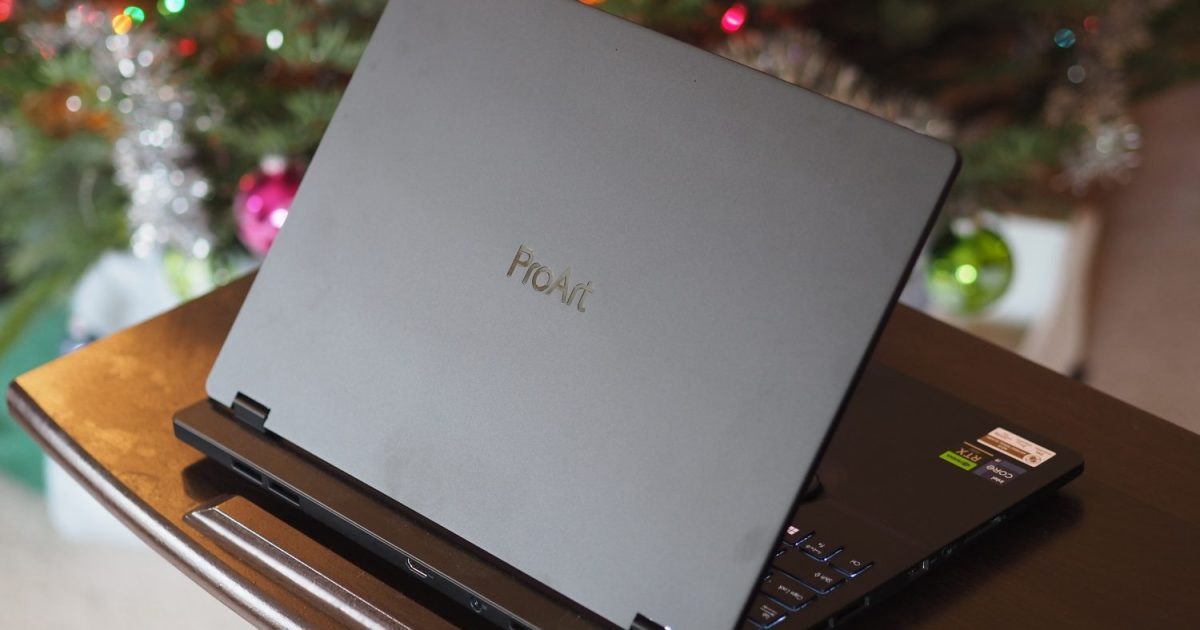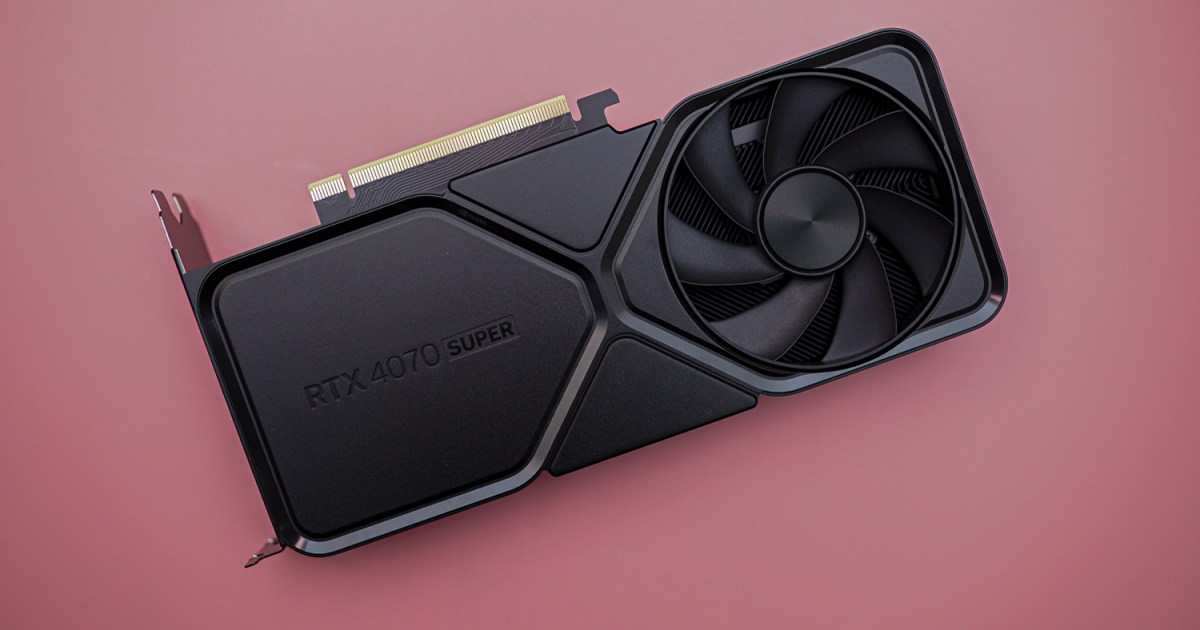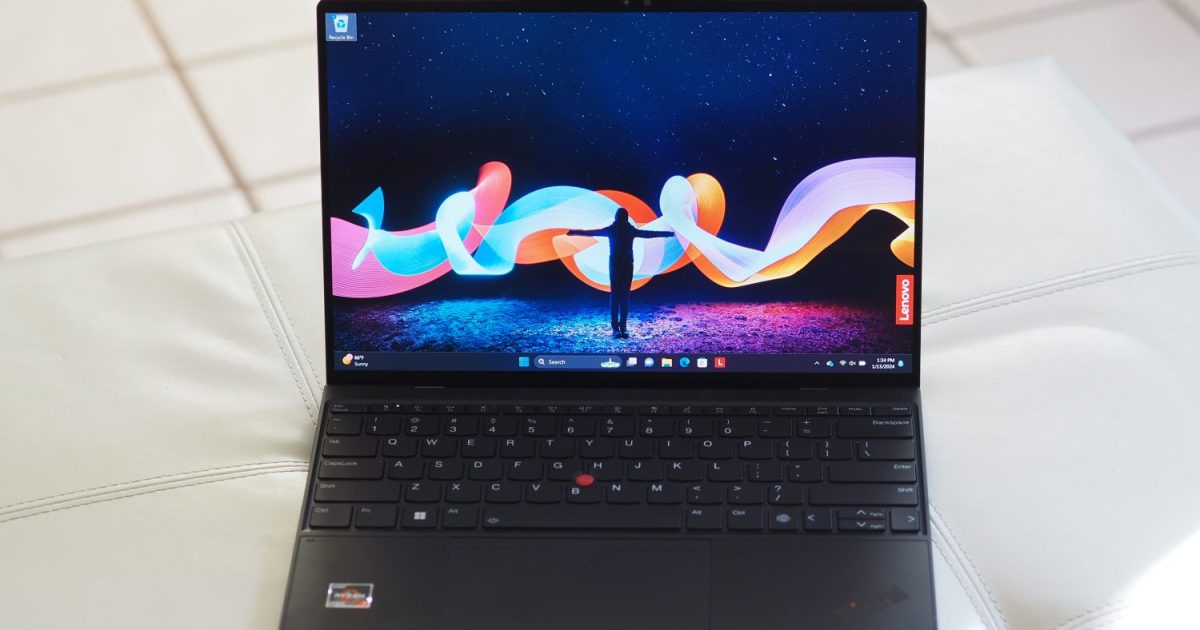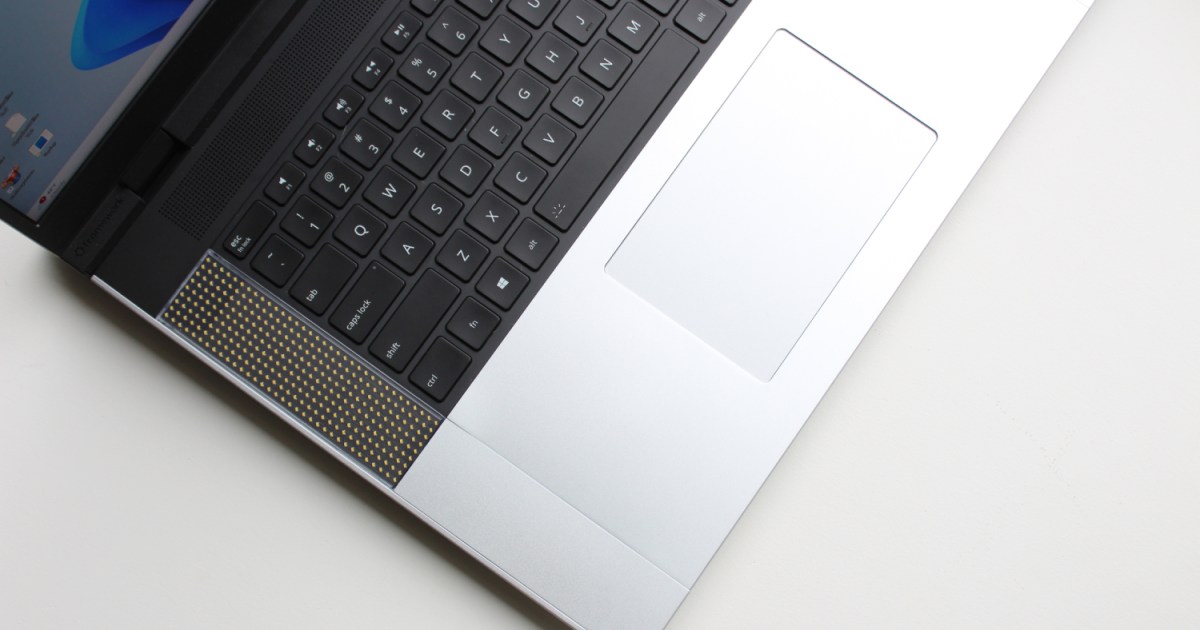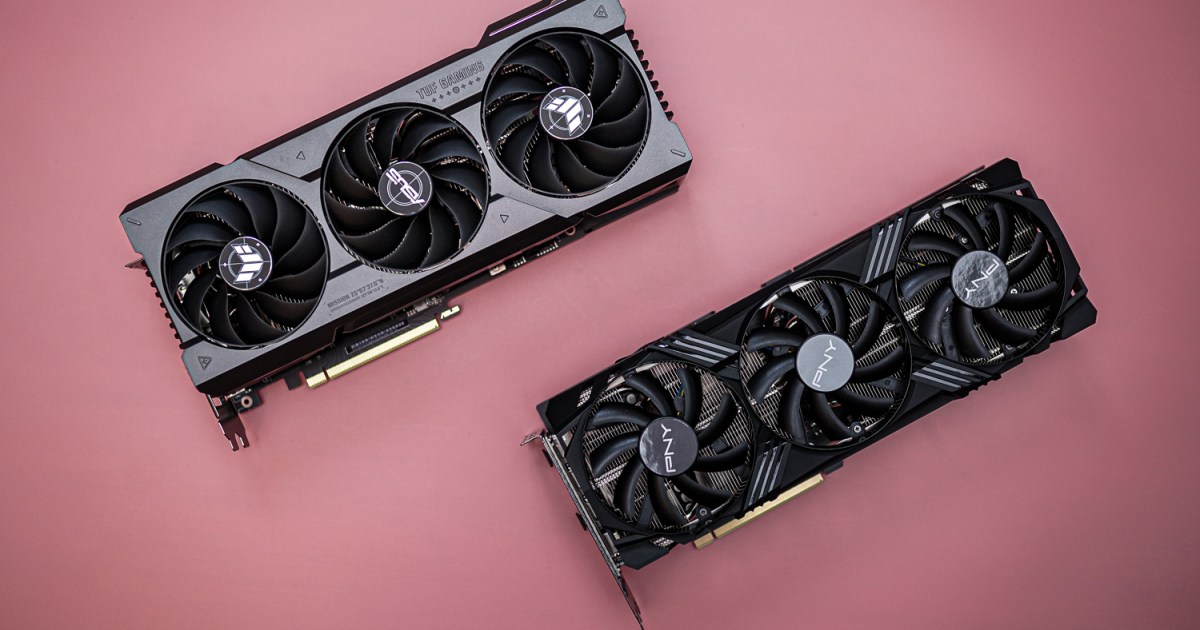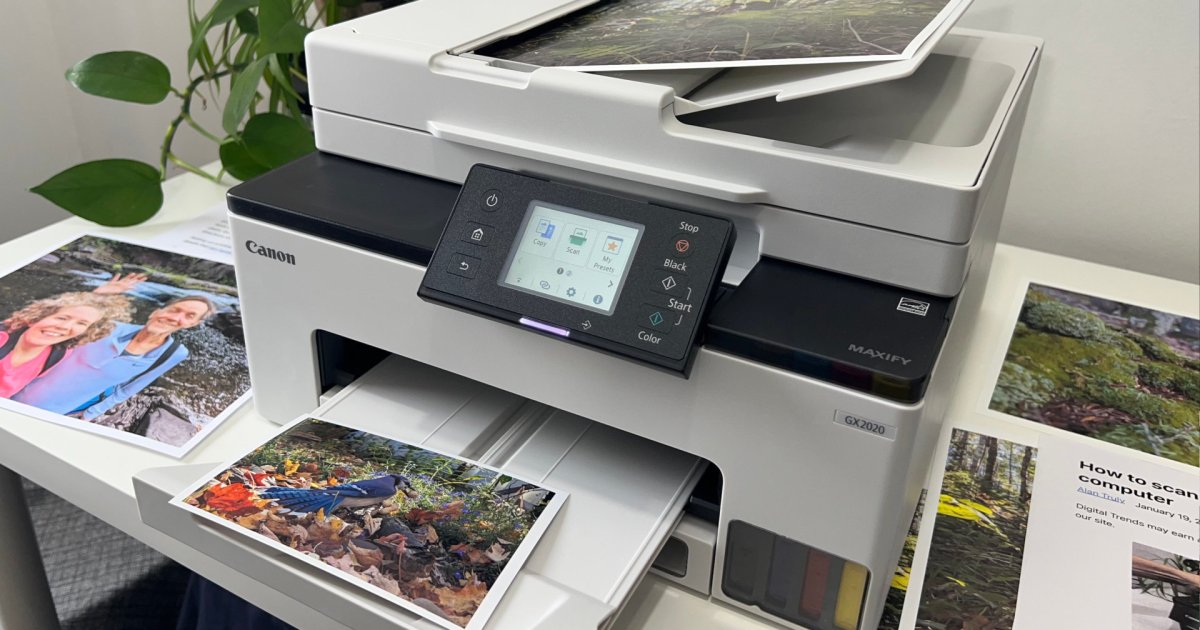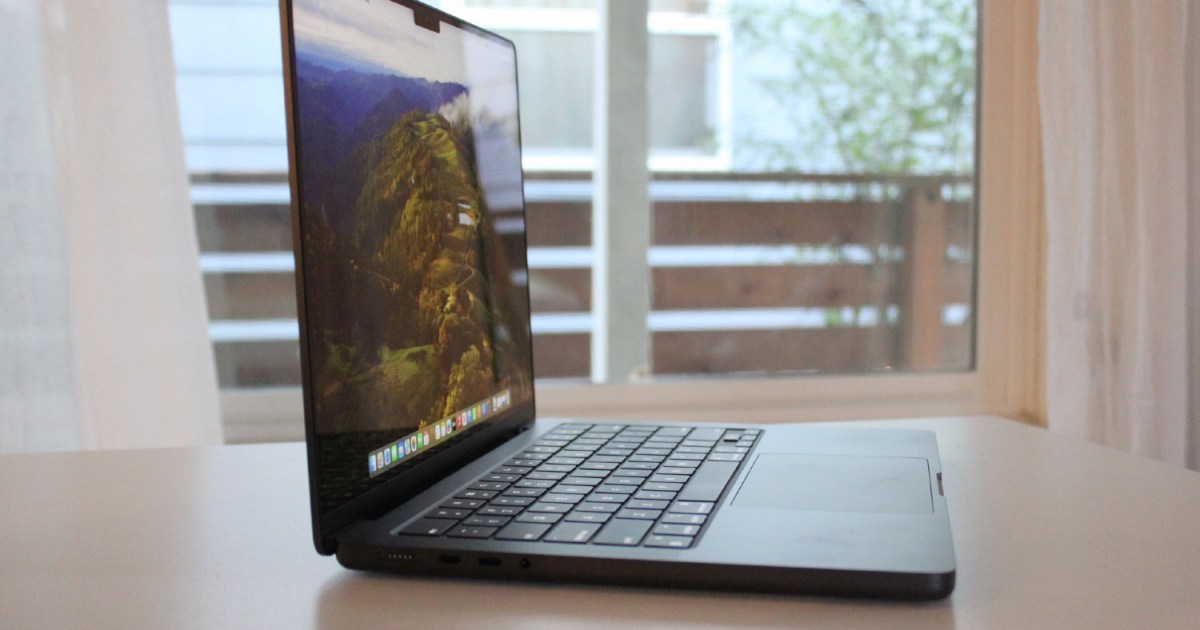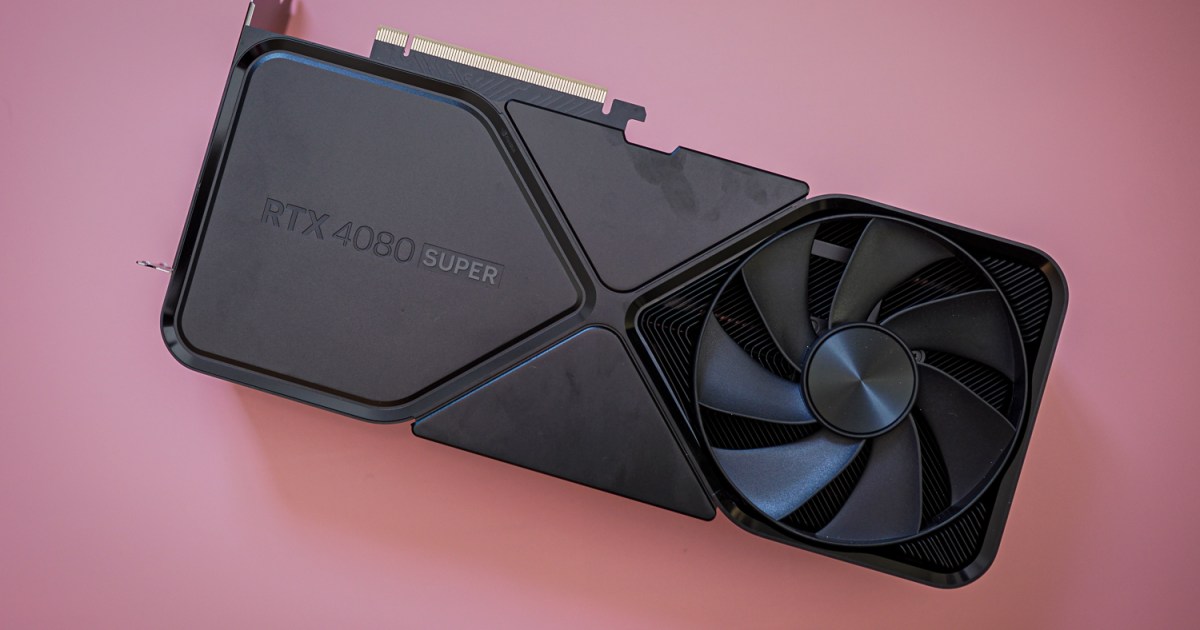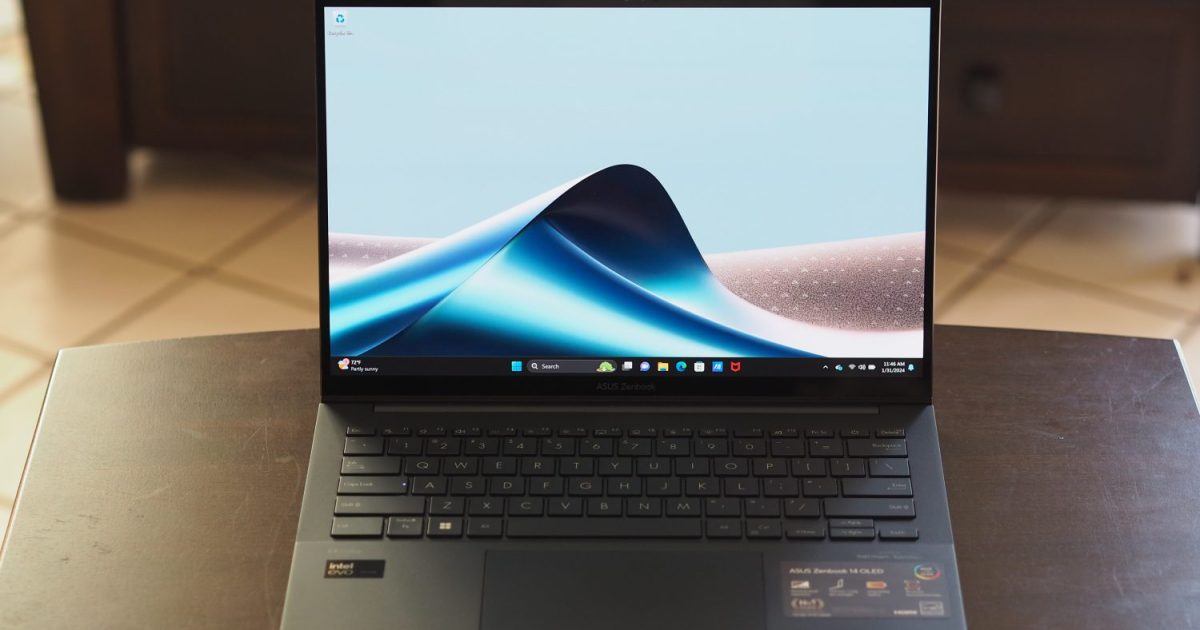The 16-inch laptop segment has become a battleground for manufacturers aiming to capture the attention of video editors and content creators. Fast processors, powerful GPUs, and color-accurate displays are the key ingredients for success, and the Asus ProArt Studiobook 16 OLED aims to deliver on all fronts. While the market boasts strong competitors, including the MacBook Pro, the Studiobook 16 OLED carves its own niche with solid performance, a robust build, and unique features that set it apart.
A Closer Look at the Specs and Configurations
Here’s a breakdown of the key specifications for the Asus ProArt Studiobook 16 OLED:
| Feature | Asus ProArt Studiobook 16 OLED |
|---|---|
| Dimensions | 14.02 x 10.67 x 0.82-0.94 inches |
| Weight | 5.29 pounds |
| Processor | Intel Core i9-13980HX |
| Graphics | Nvidia GeForce RTX 4060 / 4070 / RTX 3000 Ada |
| RAM | 16GB / 32GB / 64GB DDR5 |
| Display | 16.0-inch 16:10 3.2K (3200 x 2000) OLED, 120Hz |
| Storage | 1TB SSD |
| Touch | Yes |
| Ports | 2 x USB-C (Thunderbolt 4), 2 x USB-A 3.2 Gen 1, HDMI 2.1, 2.5GB Ethernet, microSD, 3.5mm audio, optional nanoSIM |
| Wireless | Wi-Fi 6E, Bluetooth 5.2 |
| Webcam | 1080p with IR for Windows Hello |
| Operating System | Windows 11 |
| Battery | 90 watt-hour |
| Price | $2,000+ |
The base model starts at $2,000, featuring a Core i9-13980HX, 16GB of RAM, a 1TB SSD, an RTX 4060, and the 16-inch OLED display. Higher configurations, like the $3,000 model reviewed, offer increased RAM, storage, and a more powerful RTX 3000 Ada GPU. While this places the Studiobook in the premium category, it remains competitively priced against other creator-focused workstations like the Dell XPS 17.
Designed for the Creative Professional
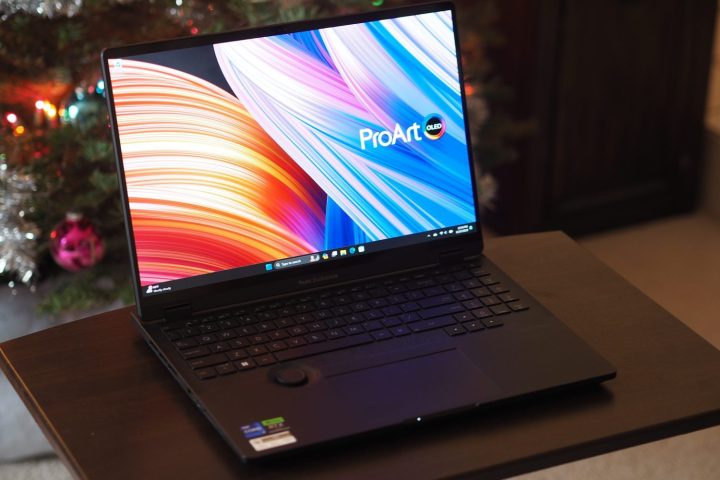 alt
alt
The Studiobook 16 OLED boasts a substantial chassis, contributing to its overall size. It’s noticeably deeper than the Dell XPS 17, despite having a smaller display, and slightly thicker. While not excessively heavy for its size, it’s still heavier than the Dell XPS 15.
Built with an all-aluminum construction, the Studiobook exhibits exceptional rigidity, rivaling the build quality of the MacBook Pro. The robust hinge allows for one-handed opening and ensures stability during use. Asus has also applied an antimicrobial coating to the keyboard, palm rest, and touchpad, offering protection against certain bacteria.
Aesthetically, the Studiobook adopts a minimalist black design with a subtle ProArt logo. The palm rest and keyboard deck blend seamlessly, accented only by status lights and, unfortunately, manufacturer logo badges. The Asus Dial, located below the keyboard, adds a touch of modern flair.
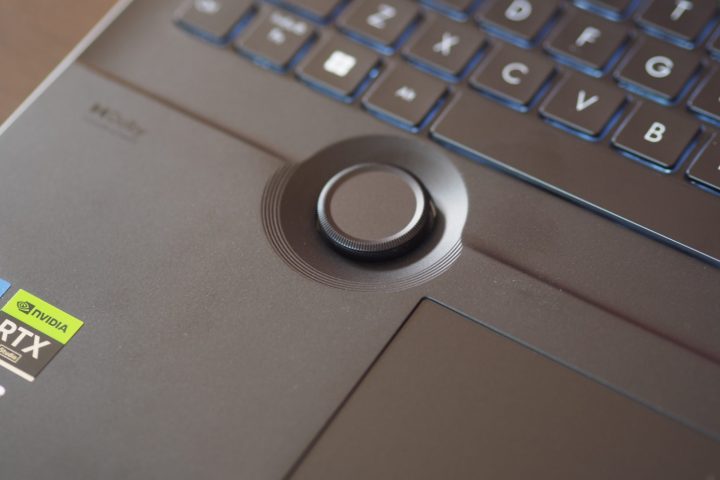 alt
alt
This Dial offers context-sensitive controls, adjusting brightness and volume in Windows and providing application-specific functions in creative software like Adobe Creative Suite. While functional, the Dial’s placement pushes the touchpad to the right, impacting typing ergonomics.
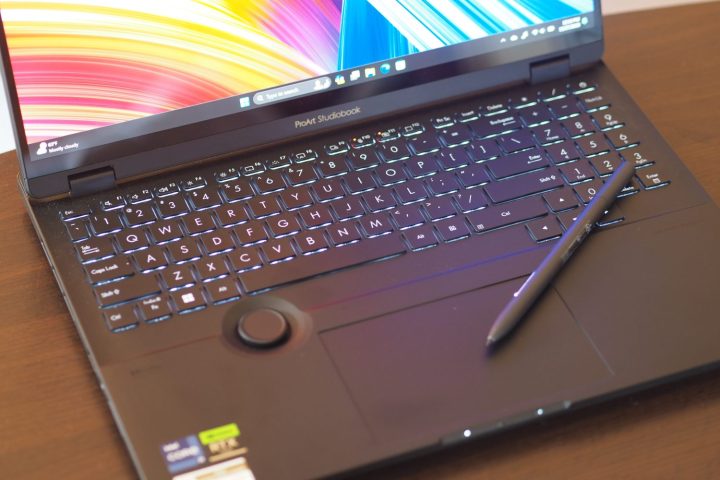 alt
alt
The keyboard itself is excellent, with well-spaced keys and a comfortable typing experience. The haptic touchpad, though smaller than ideal due to the Dial’s position, performs admirably. It supports the Asus Active Pen 2, adding functionality for drawing and note-taking.
Connectivity options are plentiful and well-placed, with frequently used ports on the sides and less-used connections on the back. The 1080p webcam delivers high-quality video for conferencing, and Windows Hello facial recognition works flawlessly. A fingerprint reader is also integrated into the power button.
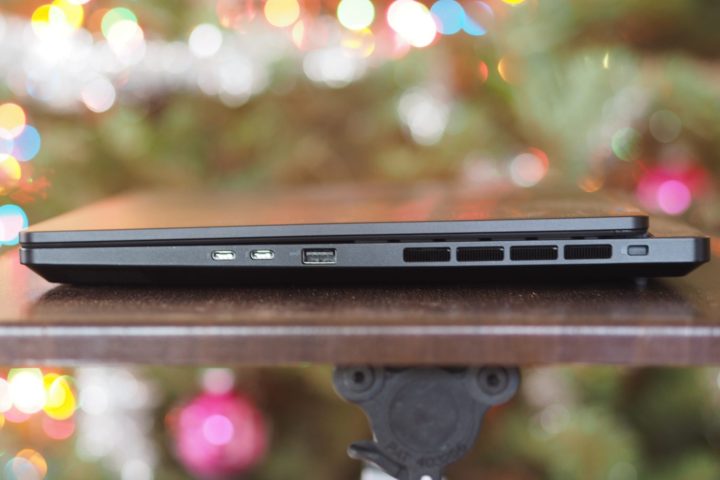 alt
alt
 alt
alt
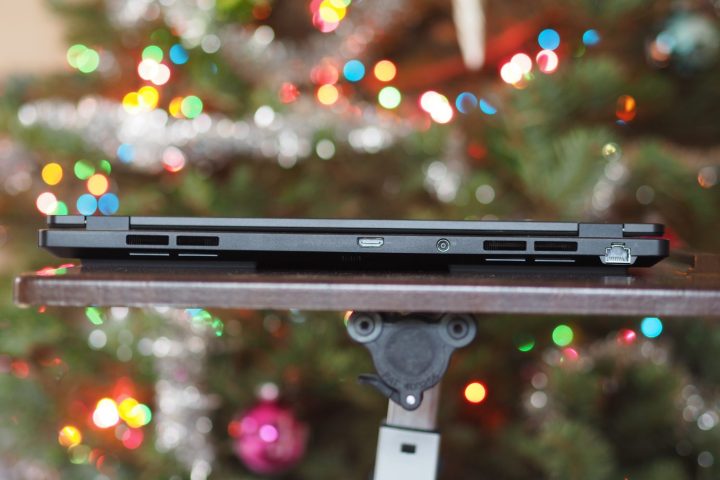 alt
alt
Performance: Meeting the Needs of Most Creators
The Core i9-13980HX and RTX 3000 Ada GPU, coupled with Asus’s thermal design, deliver strong performance in creative applications. Benchmark results show the Studiobook keeping pace with high-end gaming laptops and exceeding other workstations in CPU-intensive tasks. While not the absolute fastest in GPU-accelerated workloads, it provides ample power for most creators.
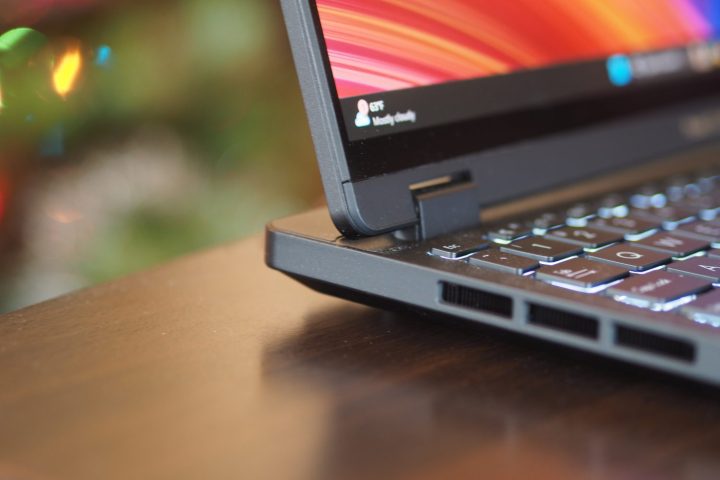 alt
alt
Gaming performance is also respectable, with the RTX 3000 Ada delivering frame rates comparable to the RTX 4070. While not a dedicated gaming machine, the Studiobook can handle modern titles at reasonable settings.
Battery Life, Display, and Audio
The 90-watt-hour battery provides modest runtime, typical for this class of laptop. The vibrant OLED display offers exceptional color accuracy and contrast, making it ideal for creative work and media consumption. The audio quality, however, is average, lacking the richness and depth of some competitors.
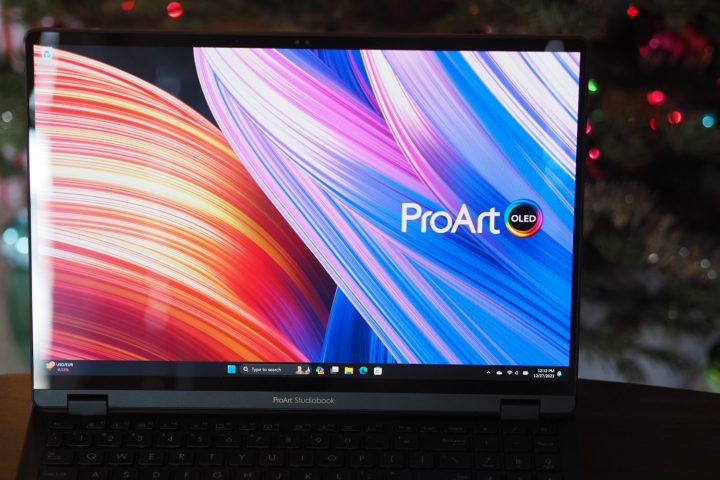 alt
alt
A Strong Contender for Windows Creators
The Asus ProArt Studiobook 16 OLED offers a compelling package for creative professionals who prefer Windows. While the MacBook Pro holds certain advantages in battery life and audio, the Studiobook stands out with its robust build, unique features like the Asus Dial, and a stunning OLED display. For creators seeking a powerful and versatile Windows workstation, the Studiobook 16 OLED is a worthy contender.



